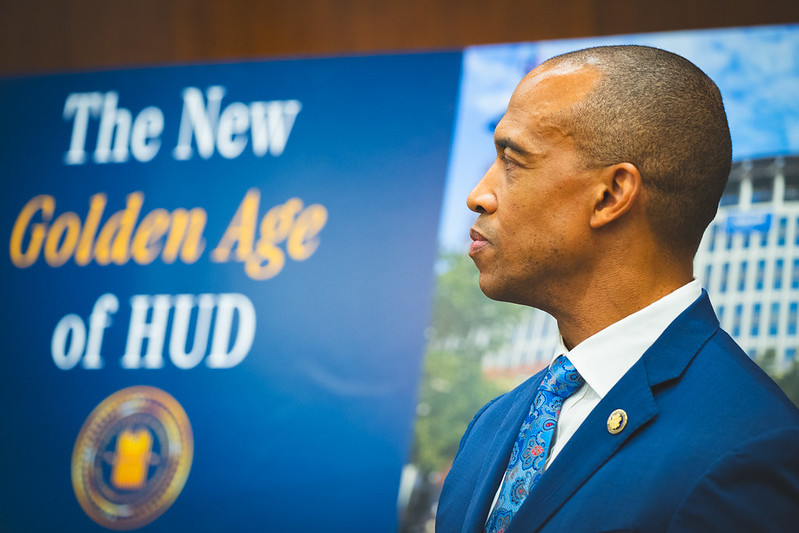By Beth Dooley, The Minnesota Star Tribune
Salsa is the Spanish word for sauce, but it does a whole lot more.
Related Articles
Recipe: Colorful sumac sauce levels up turkey and zucchini meatballs
Five things to know about the Julia Child exhibit at the MN History Center
Kids love making (and eating) this easy noodle soup
Shrimp is the secret weapon: Five fast, easy meals, including one that uses the versatile protein
Recipe: Cottage cheese pancakes are packed with protein
A good salsa will complement and catapult the most ordinary dish with sweet, tangy, fiery depth and zest. It’s a delicious way to dispatch a seasonal bounty of fresh herbs, veggies and fruit, and is great in just about anything, regardless of the culture or country of a particular dish. Fresh tomato salsa adds zing to panzanella; sweet corn salsa lifts chicken salad; roast pepper-tomato salsa sparks buttery sautéed shrimp.
Chiles are the star of any salsa, providing a stunning range of flavor and heat. The level of spiciness is really up to the salsa maker, so feel free to experiment and choose chiles you like.
Generally, the smaller the chile the hotter it will be. Green chiles taste grassier, red chiles are sweeter and fruitier. Dried chiles, like grapes and raisins, are quite different from fresh; their flavors are more concentrated, and they’re often dried over a fire to infuse them with a smoky taste. Look for dried chiles that are soft and pliable, indicating that they are relatively fresh. To tamp down the heat level in any chile, remove the seeds. Be sure to wear gloves and do not touch your eyes or lips. The residual oil on your fingers can burn sensitive skin.
Chiles are relatively interchangeable so feel free to swap one for another. In desperation I’ve substituted a generous pinch of red pepper flakes or chili powder, but the resulting salsa never tastes as good as when I use fresh.
Fresh salsas will keep for several days in the refrigerator; cooked salsa can be frozen for months. They’re also a source of creativity — the cook’s playground — and a delicious way to capture summer’s flavors in a jar.
Fresh Tomato Salsa (Salsa Fresca)
Makes 2 cups.
It’s tomato season, and salsa fresca is a great way to enjoy such ripe sweetness. Lime juice bumps up the flavor; choose chiles with heat you like best. This is your classic salsa for chips, and it’s great on turkey burgers, too. From Beth Dooley.
¼ c. minced onion
1 lb. fresh ripe tomatoes, chopped
1 to 3 jalapeño chiles, to taste
⅓ cup chopped cilantro
2 tbsp. fresh lime juice, or more to taste
Salt and freshly ground black pepper, to taste
Directions
Put all of the ingredients into a medium bowl and toss to combine. Cover and allow the flavors to meld for 1 hour. This will store in a covered dish in the refrigerator for up to 1 day.
Fire-Roasted Tomato Salsa
Makes 2 cups.
This classic salsa is a chunky, fiery mix of tomatoes, onions and chiles. Ladle it over quesadillas and eggs cooked sunny-side up. Store in a covered container in the refrigerator for about 5 days. From Beth Dooley.
1 lb. Roma tomatoes
2 to 3 large Ancho chiles
1 onion, peeled
Coarse salt, to taste
Directions
Start a grill or preheat the broiler. Place the whole tomatoes, chiles and onion on the grill or under the broiler to char, about 12 to 15 minutes, flipping occasionally. The tomatoes should be tender and juicy, the chiles charred and wrinkled, the onion darkened and soft. Place the chiles in a plastic bag and allow them to steam for about 10 minutes. Remove and slip off their skins. Remove the seeds and stems.
Place the charred tomatoes, onion and chiles on a chopping board and dice. Transfer to a bowl, add the salt, and mash with a fork; taste and adjust the seasoning. Serve warm, room temperature or cold.
Sweet Corn Salsa
Makes about 2 cups.
Sweet, tangy and fiery, this salsa makes the best of corn season. It’s great over grilled fish. If you have cooked corn from last night’s dinner, add it to the mix. The salsa can be stored in a covered container for about 3 days. From Beth Dooley.
Extra-virgin olive oil
2 c. corn kernels (cut from 2 cobs of sweet corn)
1 red tomato, diced
1 small red jalapeño, stemmed, seeded, chopped
2 cloves garlic, minced
2 tbsp. fresh lime juice
½ tsp. ground cumin
Salt and pepper to taste
Directions
Film a skillet with the oil and set over medium-high heat. When the oil begins to shimmer, add the corn and cook, stirring occasionally, until it begins to turn golden, about 6 minutes. Toss in the tomato, jalapeño and garlic and cook until the tomato is very tender, about 5 minutes. Transfer the cooked vegetables to a medium bowl. Stir in the lime juice and cumin, salt and pepper to taste. Cover and refrigerate until the flavors have married, about 30 minutes. Taste and adjust the seasoning.
Beth Dooley is the author of “The Perennial Kitchen.” Find her at bethdooleyskitchen.com.
©2025 The Minnesota Star Tribune. Visit at startribune.com. Distributed by Tribune Content Agency, LLC.




